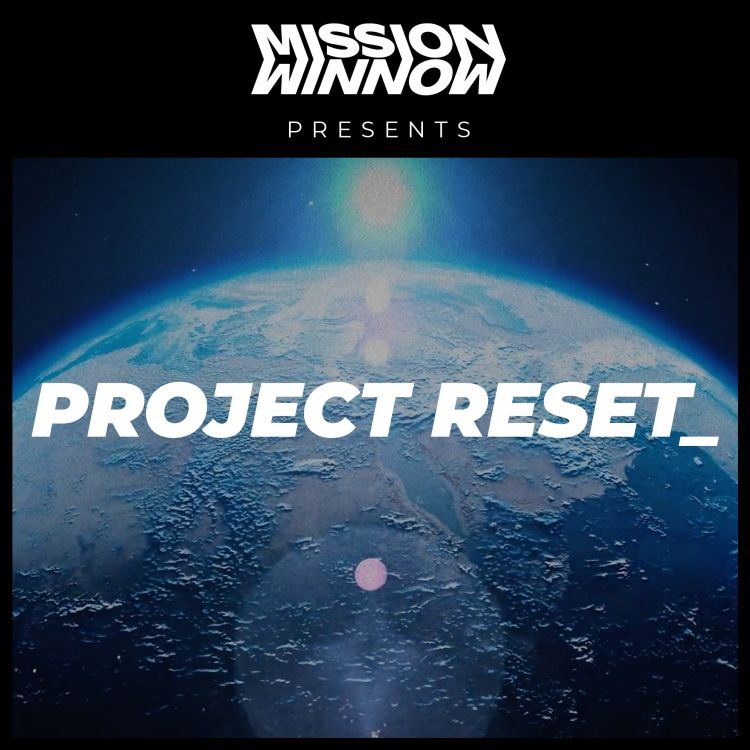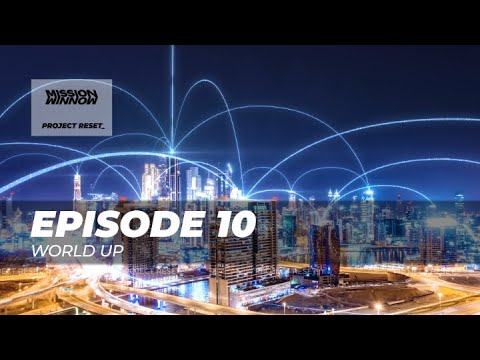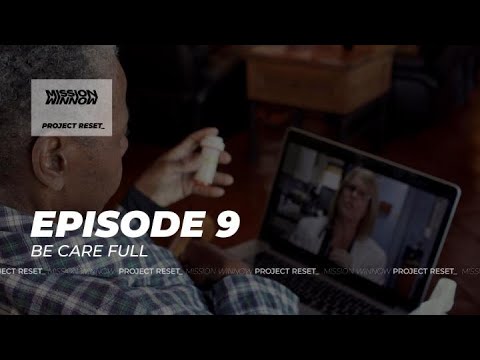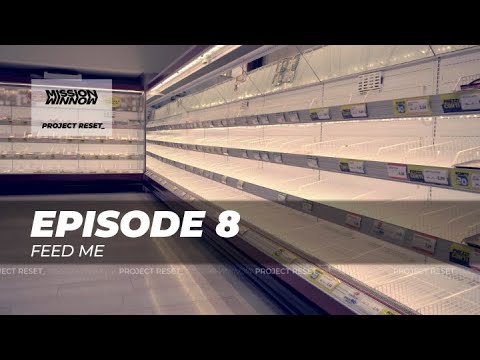Living in Space
3 min read
The relationship with the spaces that surround us is changing. For many of us, the pandemic forced us to reassess the spaces we value the most and what we want for our environment, both at home and at work, which is not surprising once we take a look at our history. Disasters and crises have reshaped the way we live, from the cholera epidemic giving way to the sewer system to World War II making us realize the connection between nature and health.
So, how will this period re-shape the spaces we live in? What can we learn from history to build our future? To answer these questions, Project Research welcomes Dr. Ayesha Khanna, co-founder and CEO of ADDO AI; Alice Rawsthorn, design critic and author; and Melodie Leung, Senior Associate at Zaha Hadid Architects, as they join presenter Rick Edwards in taking a crack at what our future might look like.
During Covid, we saw that those who were able opted to leave big cities behind and relocate to the countryside. This trend is expected to continue, but mainly in regions such as Europe and the US, where good connectivity and remote work have made it easier for people to relocate. In places such as Asia and Latin America, for example, people will continue to rely on cities as major hubs for mobility, work, healthcare and even socialization.
However, the progressive return to normal has proved that cities can and will adapt, and they will always maintain that magnetic allure that constantly attracts people to them, especially the younger crowds. In this sense, it’s probable that older people will shift their focus towards more mid-scale cities and rural areas, with good connectivity and transport, leaving cities less overcrowded and easing the current economic pressure, which will allow younger generations to be able to live in major hubs much more comfortably.
There is no doubt there has been a shift in how we view our living spaces, but what about workspaces and retail spaces? That too has changed. Thanks to the pandemic, changes that were already happening have accelerated, and that has forced us to reevaluate the use of converting empty spaces – such as closed offices and retail spaces – into something that benefits people and society, whether it be affordable housing, green spaces, urban farming, etc.
This optimization of spaces, coupled with the use of technology and the need of people to connect will definitely continue to strengthen the trend towards co-living, which is based on having smaller “micro-apartments” and more and more communal spaces to socialize and share with others. Communal living also has its financial benefits as well but, considering the current state of affairs, the short-term feature is fairly limited. Long term, however, there are huge benefits to communality, particularly for young people, but they will only work if they are contagion proof.
As the world comes to terms with concepts such biothreats and pandemics, it’s only a matter of time before spaces start incorporating features that cater to prevention needs, such as
sensors, testing, thermal imaginary and more. The challenge is how to make it part of the design itself, and as we move forward that is something that we will see more and more.




